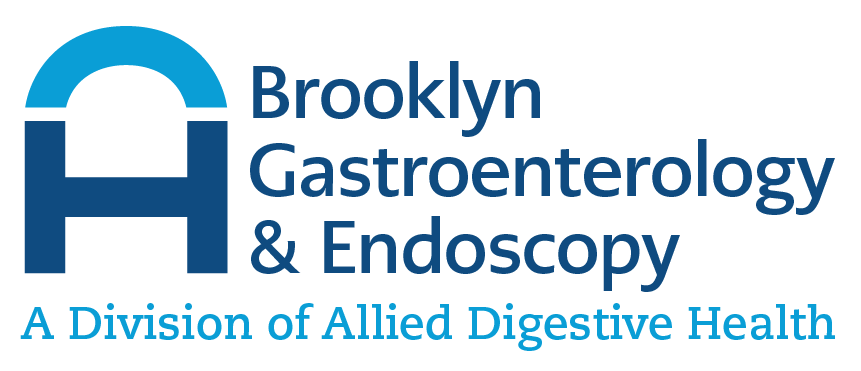Barrett’s Esophagus Treatment
Barrett’s esophagus is an uncommon, yet potentially serious disease that affects roughly 1.6 to 6.8 percent of people, according to the Journal of Gastrointestinal Surgery. Barrett’s esophagus is much more common in men than women and is also very common in those who have gastroesophageal reflux disease (GERD).
What Is Barrett’s Esophagus?
Barrett’s esophagus is a change in the lining (tissue and cells) of the esophagus. Rather than look like esophageal cells, these abnormal cells begin to look like intestinal cells instead. Barrett’s esophagus is most common in those who have acid reflux or GERD. The esophagus becomes damaged because the lower esophageal sphincter (LES) doesn’t work properly.
The LES is a muscle at the lower end of the esophagus. In those who don’t experience esophageal distress, the LES closes after food passes through the esophagus into the stomach. However, the LES in those who have acid reflux or GERD either opens and shuts or remains completely open. This allows stomach acid to travel from the stomach to the esophagus, which causes pain and inflammation in the lining of the esophagus. In the long term, particularly if acid reflux is not treated, the esophagus becomes extremely damaged. Barrett’s esophagus treatment is vitally important.
GERD symptoms can include:
- A burning sensation in the chest (heartburn)
- Feeling as if there is a lump in your throat
- Difficulty swallowing (dysphagia)
- Regurgitation (food coming back up into the throat)
- Chest pain
If you have symptoms such as this that persist, you should consult your gastroenterologist.
Part of the reason Barrett’s esophagus treatment is so important is that people with Barrett’s have a much higher chance of developing cancerous cells, which leads to a high risk for esophageal cancer. Treating Barrett’s becomes much more complicated once there is high-grade dysplasia (precancerous cells).
What Are the Risk Factors for Barrett’s Esophagus?
While GERD or acid reflux are two of the most common risk factors for Barrett’s esophagus, other factors can contribute to the development of the disease as well. Some other risk factors include:
- Being male. Men are much more likely to develop Barrett’s than women.
- Being Caucasian. Those who are white have a higher risk than other ethnicities.
- Smoking. Both current and past smokers are at a higher risk for Barrett’s.
- Family history. You are more likely to develop the condition if someone in your family has had Barrett’s esophagus or esophageal cancer.
- Obesity. Being overweight or obese is a risk factor.
- Age. While Barrett’s can develop in people of any age, it is much more common in those over 50.
When Do I Need Medical Attention?
Barrett’s esophagus itself does not typically cause any symptoms. But if you suffer from GERD symptoms for many years, or you carry at least 2 of the above-listed risk factors, then you should consult with your physician about getting checked for Barrett’s. You should also seek medical attention if you are having blood in your stools, unexplained vomiting or vomiting blood, or weight loss. These symptoms may reflect tumors arising in the Barrett’s segment.
Diagnosing Barrett’s requires a diagnostic test called an upper endoscopy. During this procedure, you are given light anesthesia, and a long, flexible tube with a camera on the end of it is inserted into the throat and down into the esophagus. An endoscopy can evaluate the GI tract from the throat to the duodenum, which is the top part of the small intestine. The procedure itself is a quick, outpatient procedure. You need someone to drive you home because of the anesthesia, however, recovery time is very short.
Your doctor may recommend several options for Barrett’s esophagus treatment. It highly depends on whether you are diagnosed with Barrett’s without dysplasia or Barrett’s with dysplasia.
In patients without dysplasia, physicians often prescribe medications to treat GERD, such as proton pump inhibitors (PPIs). These medications lower the amount of acid in the stomach so that the esophagus does not become inflamed. It typically only takes several days for PPIs to begin working.
In patients with low-grade dysplasia, your gastroenterologist will likely recommend GERD medications as well as one of two options: 1) frequent monitoring with upper endoscopy procedures or 2) endoscopic treatment to eliminate the barrett’s tissue. This is to ensure that no changes occur, such as low-grade dysplasia becoming high-grade dysplasia. Treatment options to eradicate the Barretts are described below:
- Radiofrequency ablation. This is the most common treatment for high-grade dysplasia in the esophagus. It uses radio waves that generate heat, which burns off damaged parts of the esophagus.
- Endoscopic mucosal resection. During an upper endoscopy, your gastroenterologist can remove abnormal cells with an endoscope.
- Photodynamic therapy. This treatment uses a drug that activates photosensitizers or photosensitizing agents, which kill cancer cells.
- Cryotherapy. In cryotherapy, liquid nitrogen is used to freeze damaged parts of the esophagus.
- Surgery. In the most severe cases, esophagectomy is advised, which is the removal of all or part of the esophagus.
In patients with high grade dysplasia, your physician will recommend one of the above treatments to eradicate the abnormal cells along with Barretts segment. This is to ensure the high grade dysplasia does not transform into a cancer.
Scheduling a Consultation with a Gastroenterologist
Scheduling a consultation with a gastroenterologist is highly recommended if you’re experiencing painful or noticeable symptoms. Barrett’s esophagus treatment is imperative to reduce the risk of esophageal cancer. To schedule an appointment with Allied Digestive Health, you can contact us at any one of our care centers to schedule an appointment. We are a dedicated team of providers that understand your health needs and provide comprehensive treatment.

